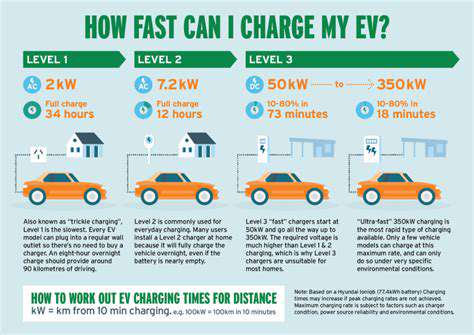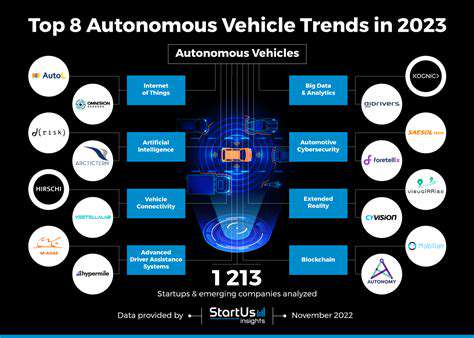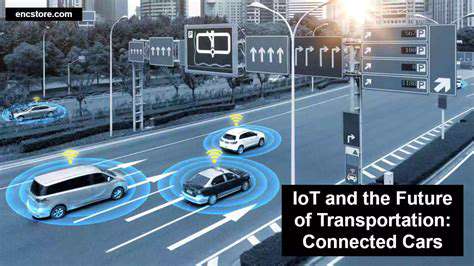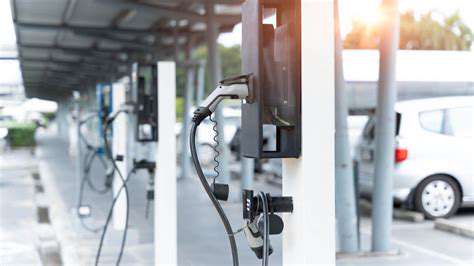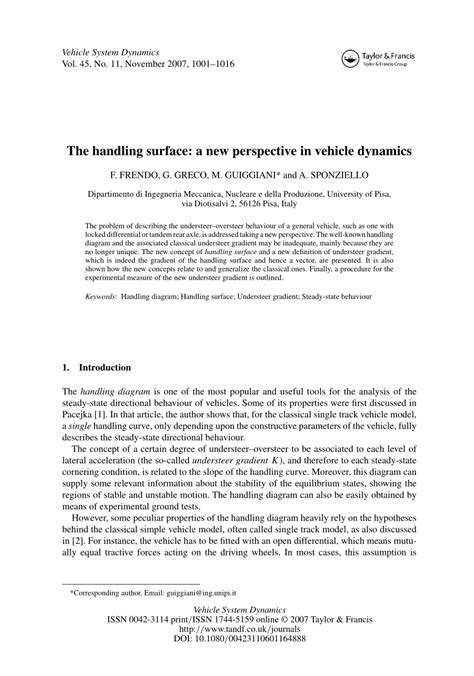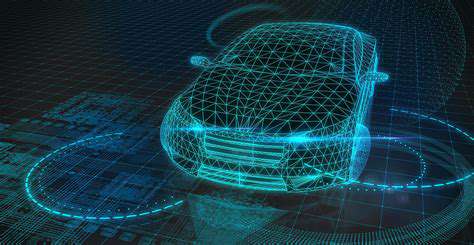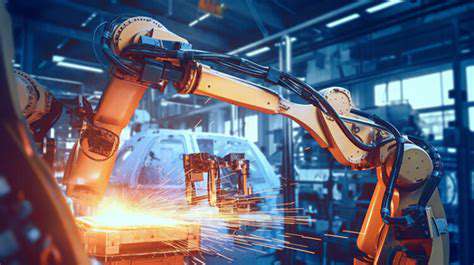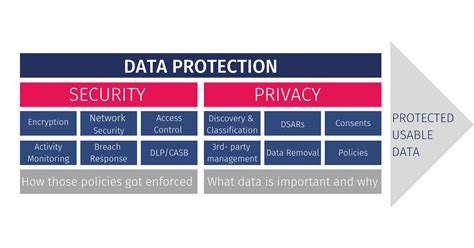Harnessing Natural Language for Complex Tasks
Natural Language Processing (NLP) in Automotive Voice Control
Natural Language Processing (NLP) is the cornerstone of sophisticated voice control systems in modern cars. NLP algorithms are essential for understanding and interpreting the nuances of human speech, going beyond simple keyword recognition. This involves tasks like intent recognition, where the system identifies the user's goal (e.g., set the navigation to the nearest coffee shop), and entity extraction, which pinpoints specific information within the request (e.g., nearest coffee shop identifies coffee shop as the entity and nearest as a qualifier). Accurate and efficient NLP is crucial for a seamless and intuitive voice control experience, allowing drivers to interact with their vehicle's systems effortlessly and safely.
Advanced NLP models, often trained on massive datasets of human language, enable the system to handle variations in phrasing, slang, and even contextual understanding. For example, a user might say I'm hungry, let's get some pizza, and the system should understand the intent to find a pizza restaurant and navigate accordingly. This level of understanding requires sophisticated algorithms that can analyze the entire sentence structure and context to arrive at the correct interpretation.
Beyond Basic Commands: Contextual Understanding and Multi-Task Capabilities
Moving beyond basic commands like play music or adjust volume, sophisticated voice control systems are designed to handle more complex tasks. This involves understanding context within the conversation and across multiple interactions. For instance, if a user says I'm tired, I need to find a place to rest, the system should not only understand the need for a rest stop but also consider the current location and potentially relevant information like time of day. This contextual awareness is critical for providing helpful and relevant suggestions to the driver.
Furthermore, modern voice control systems are increasingly capable of handling multiple tasks concurrently. Imagine a scenario where the driver asks for directions while simultaneously requesting the system to adjust the temperature and play a specific song. The system must successfully manage all these requests concurrently without compromising the accuracy or safety of the driver's experience. This multi-tasking capability is a significant advancement over older systems that could only handle one request at a time. It enhances the overall user experience and allows drivers to focus on the road ahead.
The ability to handle complex requests, interpret context, and manage multiple tasks simultaneously is vital for voice control systems to truly enhance the driving experience. This level of sophistication requires advanced machine learning and NLP techniques, pushing the boundaries of what's possible in automotive technology.
These features are key to improving safety and efficiency by offloading tasks from the driver to the car, thereby reducing potential distractions. This is a critical component of the evolution of automotive technology.
Traditional security models rely heavily on the concept of a secure perimeter, treating anything outside that boundary as inherently hostile. This approach, while effective in simpler environments, struggles to adapt to the complexities of today's interconnected and dynamic digital landscape. The rise of cloud computing, remote workforces, and sophisticated cyberattacks has exposed the vulnerabilities inherent in this outdated strategy, highlighting the need for a more comprehensive and proactive approach to security management.
Advanced Safety Features Powered by Voice
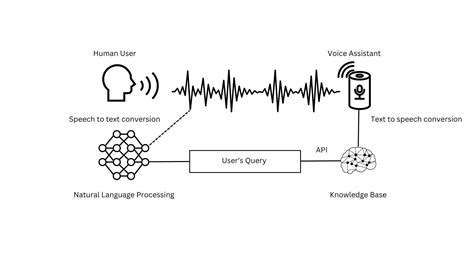
Advanced Driver-Assistance Systems (ADAS)
Modern vehicles are increasingly equipped with sophisticated ADAS systems, offering a range of safety features designed to enhance driver awareness and responsiveness. These systems use a combination of sensors, cameras, and radar to monitor the vehicle's surroundings and provide alerts or even automated interventions in potentially hazardous situations. This proactive approach to safety can significantly reduce the risk of accidents and injuries.
ADAS features often include adaptive cruise control, lane departure warning, automatic emergency braking, and blind spot monitoring. These features can assist drivers in maintaining a safe following distance, avoiding lane changes that could lead to collisions, and recognizing potential hazards that may be missed by the driver.
Autonomous Emergency Braking (AEB)
Autonomous Emergency Braking (AEB) is a crucial ADAS feature that automatically applies the brakes if a potential collision is detected. This system can significantly reduce the severity of accidents, especially those involving unexpected or sudden obstacles. AEB is particularly effective in mitigating rear-end collisions and can even prevent collisions in some scenarios.
Lane Keeping Assist
Lane Keeping Assist systems use cameras to monitor the lane markings and provide alerts or even steering interventions if the vehicle drifts out of its lane. These systems can help prevent accidents caused by driver inattention or fatigue, contributing to safer driving habits. This proactive safety feature is especially valuable on highways and during long drives.
Blind Spot Monitoring (BSM)
Blind Spot Monitoring (BSM) systems alert drivers to vehicles present in the driver's blind spots. These systems use radar or cameras to detect vehicles in adjacent lanes and provide visual or audible warnings to the driver, making lane changes more secure and reducing the risk of collisions. By actively mitigating blind spot hazards, BSM systems improve overall safety and driver confidence.
This technology significantly enhances safety by providing drivers with critical information about potentially unseen vehicles in vulnerable areas. This crucial feature can prevent accidents that could easily occur without this warning system.
Adaptive Cruise Control (ACC)
Adaptive Cruise Control (ACC) automatically adjusts the vehicle's speed to maintain a safe following distance from the vehicle ahead. This feature can help drivers avoid sudden braking and maintain consistent speed in varying traffic conditions, contributing significantly to accident prevention. Maintaining a safe following distance is a key aspect of accident avoidance.
Tire Pressure Monitoring System (TPMS)
A Tire Pressure Monitoring System (TPMS) is a safety feature that monitors tire pressure and warns the driver if the pressure is low. Low tire pressure can lead to decreased traction and handling, increasing the risk of accidents. Regular monitoring and maintenance of tire pressure are essential for optimal performance and safety.

